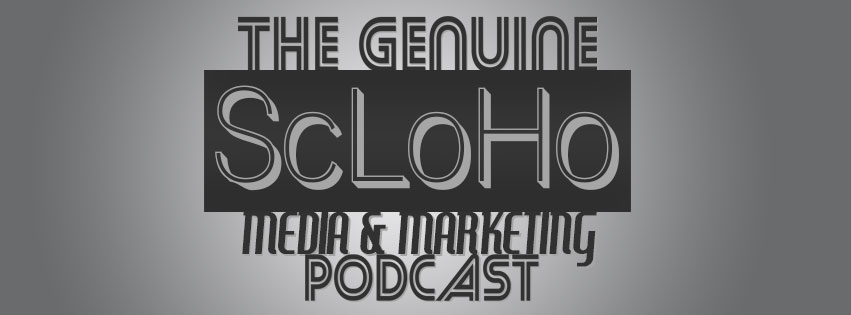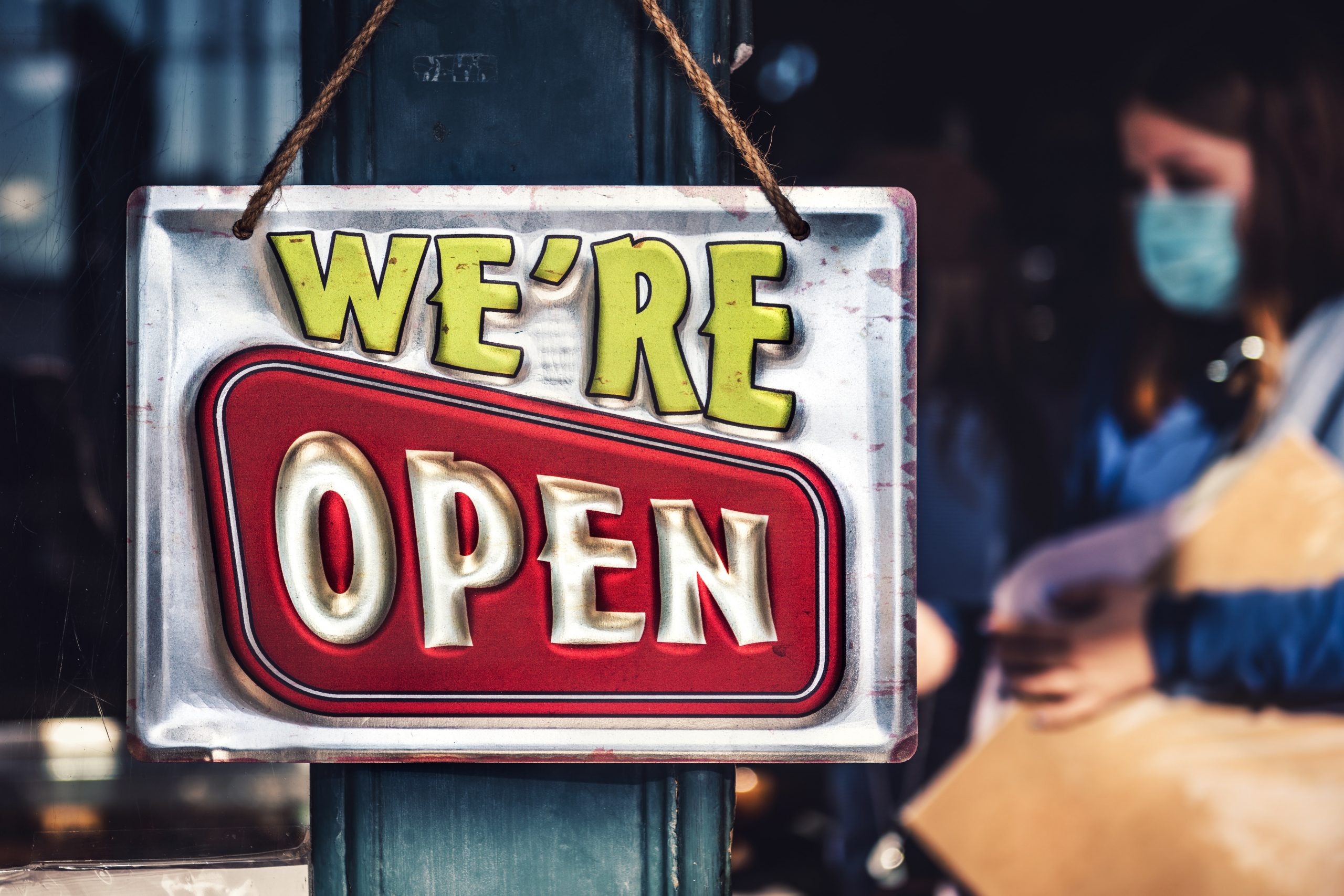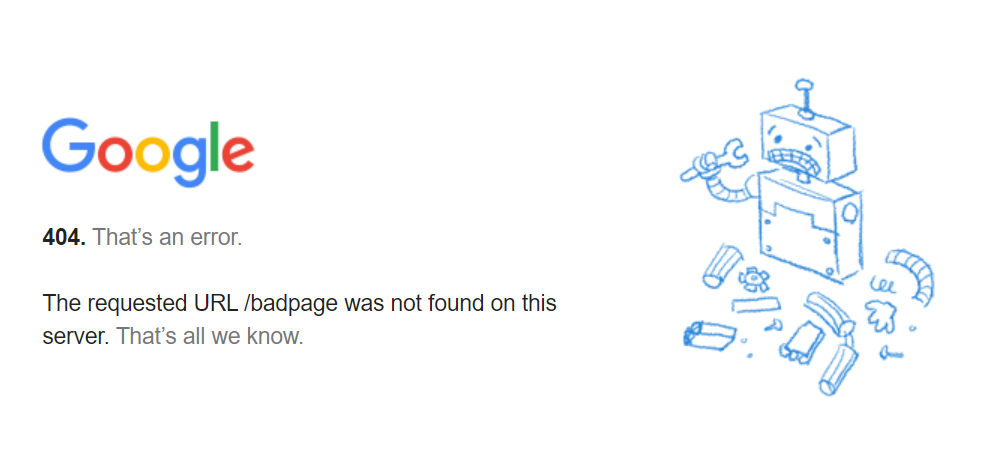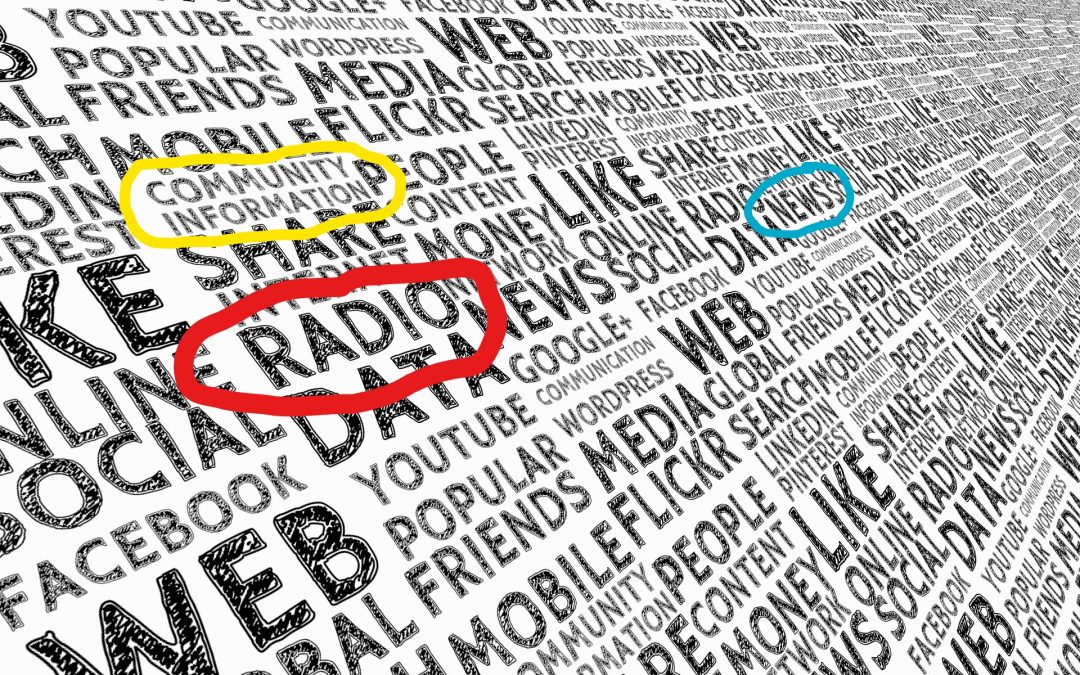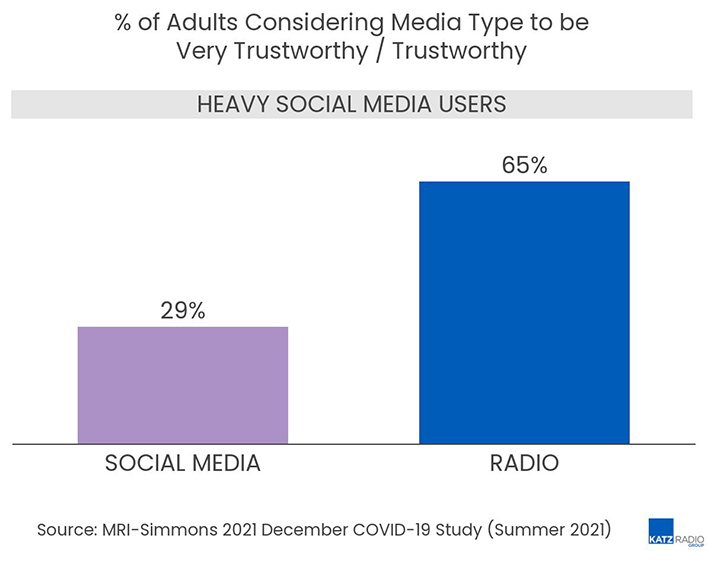
The Trust Factor
A couple of Thursday mornings ago, a couple things happened before 8am.
An email from Insider Radio that included the headline:
Americans May Love Social Media, But Survey Finds It’s Radio That They Trust.
Also it was the beginning of day 2 of a weather-induced work from home day as our area was getting non-stop snow with predictions of well over 15 inches which becomes much more severe when the winds kick in and “drifts up to 4 feet” were predicted by the national weather service.
(I heard that prediction listening to my local news/talk radio station WOWO.) We ended up with a little less and by Friday, I was back at the office and by Monday most of the rest of the city was back to normal.
Social Media has been the darling media that normal Joe’s and Jill’s turned to for communication to the masses. What began with MySpace and then Facebook, Twitter, Snapchat, Instagram and numerous others became the bright and shiny new place for advertisers to run ads. Promises of “hundreds of people for mere pennies” and “trackable results” along with “targeted ads that produce less waste” were all made and continue to be made.
To which I can say, not really.
Look, I am speaking from a multitude of perspectives. Yes, I’ve spent the majority of my career in radio. However a couple of times I worked full-time in the online world. First time was 2011 when I anticipated never returning to radio and instead I was highly immersed in the digital world where we crafted websites that were built to convert traffic into sales. We looked at, what appeared to be heat-map technology and a deep dive into analytics to design websites that improved the UX or User Experience and so I know how that is done and not just the technology but psychology behind it all.
I also worked full-time for a multi-million dollar world-wide company that transitioned from a print catalog sales model to an e-commerce based outfit. I was one of a half dozen specialists in the Internet Marketing Department and my chief role was Social Media for our multiple brands.
Then there is my own personal success story of creating an online following and connections with the ScLoHo brand identity, so I am a believer in the power of online and if you and your business can’t be found online… well you simply don’t exist. Get your company a website now. Claim your social media profiles for you and your company. LinkedIn, Facebook, Instagram at the bare minimum.
However, if that is all you do, the online stuff, you are being short sighted and leaving yourself very vulnerable.
It was just announced that Facebook actually lost members recently. That’s right the biggest Social Media company in the universe, saw a decline.
But that’s not the real reason you are vulnerable. It has to do with the Trust factor.
A dozen years ago I was giving a presentation to students at Huntington University and part of the discussion demonstrated the good stuff that was happening on Facebook. I used the example of my friend Heather who was looking for a new dentist for her family and so she asked for recommendations. Dozens of friends responded with both recommended dentists and a few to avoid. This was modern day word-of-mouth and crowd-sourcing done on a personal level.
However when companies tried to tap into the social networks by running ads, it just wasn’t the same. It was an advertisement, not a personal recommendation. Like so many other forms of advertising, except it started to become annoying because all we wanted to do was see what was going on with our friends and family and instead we were being served ads every few posts on our newsfeeds. I just took a look at my Facebook newsfeed and of the first dozen posts, numbers 2, 7 and 11 were ads.
Another factor creating distrust in Social Media is the political climate for the past several years. I think it has intensified online when we were limited in our ability to gather in-person due to pandemic restrictions.
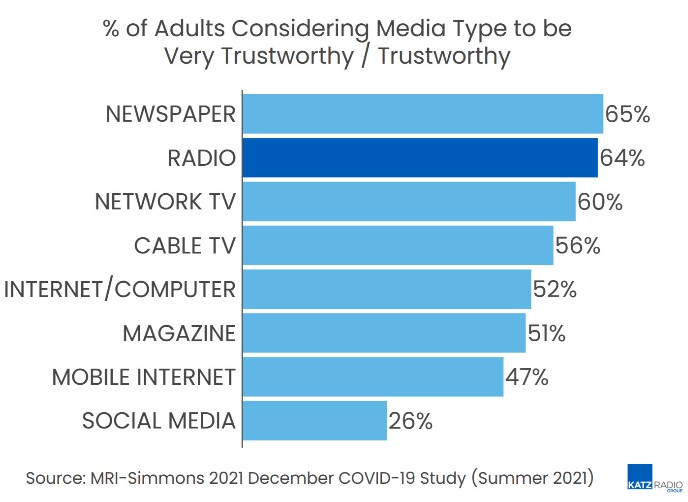
Here are some quotes from the story I referred to at the beginning of our talk today:
A new MRI-Simmons survey finds that nearly two-thirds of Americans say radio is either “very trustworthy” or “trustworthy” with radio topping every other media type other than newspaper – trailing by a mere one percent difference.
Also:
More than twice as many adults consider radio trustworthy compared to social media. When it comes to fake news, it seems Americans have concluded it is not traditional media outlets that are the source, but rather online media options.
And finally:
In its analysis, Katz says the MRI-Simmons research shows why radio is an “ideal platform” for advertisers looking to make their voice heard and their message count. “Radio is a trusted environment with vested local connections to consumers across demographics, and all types of media users,” it says, adding, “Radio provides the best chance for messaging to break through, resonate, and not be mistrusted by consumers.”
Contact me for more information and insight.

